Nattergal’s second site is High Fen in Norfolk, a 292 hectare grassland in the Fens. It represents an incredible opportunity to take an ecologically important site and supercharge it for nature using natural processes.
Until 2007, the land was farmed for arable and also daffodil growing. But despite High Fen’s deep and peaty soils, it was considered too geologically and hydrologically complex to farm commercially and was sold. The next owners together with Natural England had done a fantastic job to transform High Fen into a seasonally wet grassland supporting species diversity, before selling it to Nattergal in December 2022.
At Nattergal, what we see is a species rich site but with largely one habitat type. With a few tweaks, natural capital investment and the reinstatement of natural processes we will deliver a unique and wonderful habitat mosaic and wetland system in the Fens. We will also build a project that cleans water as it filters through the habitats and one that prevents carbon emissions through rewetting the peat. We will deliver High Fen through the sale of three key ecosystem services: clean water, biodiversity uplift, and lowland peat carbon credits.
-
Current situation
High Fen is a seasonally wet grassland, with sheep grazing and pony paddocks. We will graze it according to Countryside Stewardship until September 2024 when we will be ready to implement any planned changes.
-

Our process
We will continue to analyse the complexities of the site: ecologically, hydrologically, and topographically. Through research partnerships with Cambridge University and UKCEH we will baseline High Fen, for greenhouse gas emissions from the peat and existing biodiversity hotspots. In addition, we will look at how the water functions across this drastically altered and managed landscape.
Based on the outcomes of our monitoring and surveys we will then plan interventions, where we can get more water onto the site and keep it there, build habitat diversity, and prevent emissions from the degrading peat soils.
-

Project aims
Nattergal will ecologically improve this important natural asset in this intensively farmed region of the UK. We hope to collaborate with neighbours and local partners through joining a wider ELMs Landscape Recovery application. Funded using very different natural capital mechanisms to our first site, Boothby, Nattergal will take wetland natural capital to market and boost the local rural economy.

Continue baselining and understanding the site. Measuring greenhouse gas emissions from the peat, water tables, peat depths, biodiversity hotspots and habitats.
Build a restoration plan with our High Fen Advisory Group - conservationists and academics from across the wetland creation and lowland peat world.
During 2024, start implementing changes and interventions funded through the sale of three ecosystem services: biodiversity, clean water and carbon.
Eventually introduce and manage large herbivores across the site to drive the wetland ecology.
High Fen plans

What people are saying
“High Fen was at the forefront of wetland habitat creation under AES 20 years ago and has delivered over many years and set an example for others to follow. Nattergal's involvement is an exciting new development for the farm, and I looked forward to the project's rejuvenation, innovative thinking and works to create even higher standards and habitats.”
— Joe Martin, Local farmer
“The Fens were clearly once full of wildlife and delivering multiple environmental benefits to the community. High Fen is such an exciting visionary project with plans to restore some of this diversity and deliver services for society. I am delighted that cutting-edge techniques are being used to document the changes.”
— William Sutherland, Miriam Rothschild Chair in Conservation Biology, University of Cambridge
“WWT very much welcome the restoration of High Fen as an important nature – rich wetland and for the provision of multiple ecosystem services. It is a fantastic site and has lots more wetland ‘wow-factor’ potential.”
— Jo Thomas, Waterscape Manager (The Fens), Wildfowl and Wetlands Trust



